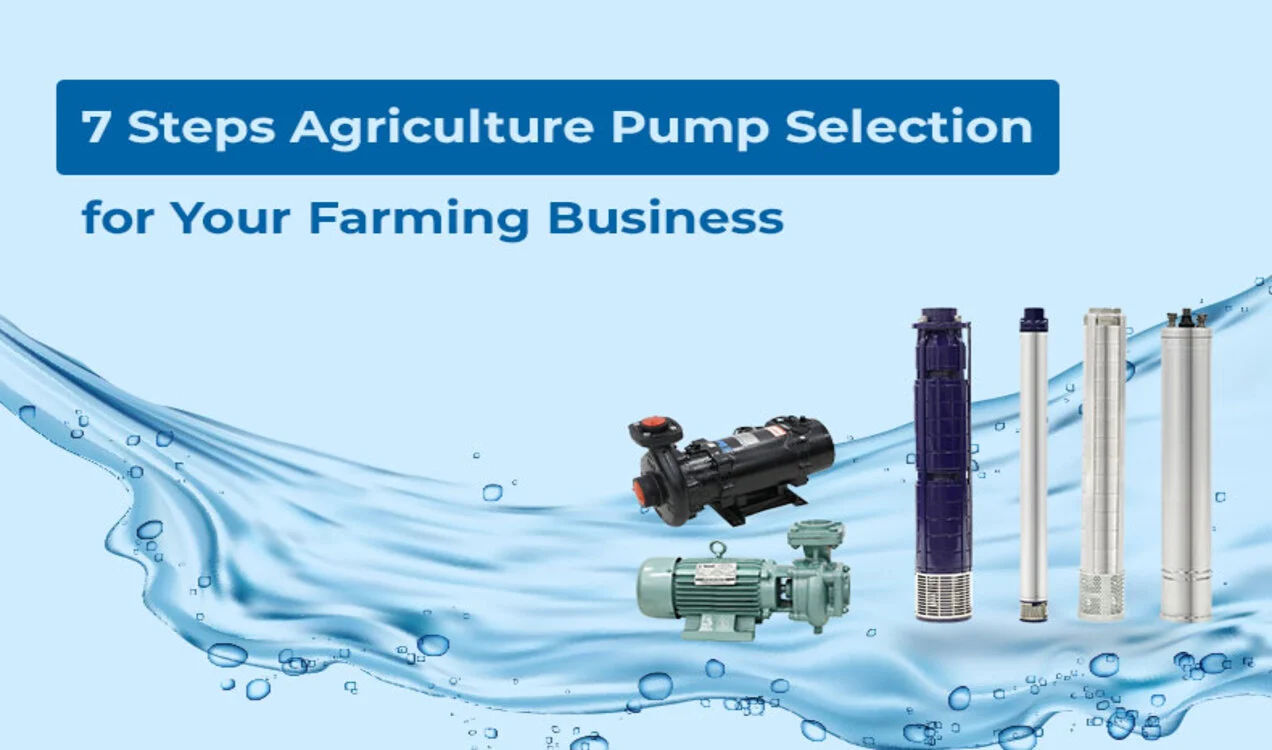India has always been an agriculture-based country and occupations related to it are constant to India’s growth timeline. Even during times of economic instability agriculture in India has always thrived. India along with its high population demands a strong base in the agricultural market and through the years, it has become the backbone of the country and the prime sector of the nation.
Why is Agriculture Important in India?
More than 60% to 70% of the Indian population is dependent on agriculture for their livelihood. The agricultural sector provides employment to more than 52% of the total labour of the country. The contribution of agriculture to India’s total GDP (Gross Domestic Product) is from 14% to 15%.
Basic Livelihood:
The result of non-developmental and non-agricultural activities is what has led to sustaining a fair amount of our huge population. All these factors have clearly led to an increment in the agricultural domain.
National Revenue:
Unlike other countries, India’s national income would not sustain without its growth in the agricultural sphere.
Saving potentials:
Our country has been agro-based ever since the old ages and has resulted in movements such as the green revolution, growth of independent farmers which in turn, has led to the huge growth in the saving potentials of the country that can be tapped for development in times of need.
Export:
International Trade- Agricultural products such as tea, coffee, sugar, etc. have been booming in the international market and are thus, one of the key products of export, becoming a great source of income, by creating a lucrative market for the foreign exchange.
The main causes of a surge in Agribusiness in the past few years
India is a country with an immense population and through all these years, agriculture has been the source that has provided them with the ever-growing demand and need for produce.
With the idea of start-ups to tend and grow personal organic products in their terraces and homes, more and more have been encouraged to try their hand out in this field.
Moreover, the preaching of the great effects of organic produce has impacted people to gain insight into the Agribusiness of India and focus on the farm-produced materials that are sold in the markets at higher prices.
Step by step guide to selecting the right agricultural pump
Step 1: Choosing the Right Irrigation Equipment
A varied range of equipment affects your product in varying ways since quite some factors come into play – they require different amounts of water and water pressure, depending upon their use and build. Thus, choosing your equipment before selecting your water pump is an essential and precautionary step. Choosing the correct irrigation equipment requires you to consider the controller since it plays an important role in switching the water supply on and off, at specified time intervals, and during specific climatic conditions.
The irrigation controller is crucial and responsible for water conservation by preventing infiltration and run-off materials. In these times, smart pump controlling is gaining a reputation which can determine optimal water requirements, access data such as moisture, rain sensors, and so on to fulfil your crops needs.
Step 2: Consider the water source
Water for irrigation purposes is generally directed from sources such as tube wells, wells, springs or bore wells, surface water from lakes, rivers, reservoirs, and other non-conventional sources of water like drainage water, desalinated water, wastewater, and all the different kinds. Insight on the source helps you decide which pump to go for.
Step 3: Know the Pressure Rate and Flow Requirements
A pump with incompatible or wrong water flow and pressure requirements can lead to drastic pump damage and costly repairs.For any type of pump system, the pump flow rate and pressure are crucial to maintaining your pump’s longevity.
Step 4: Finding Distance From Source Of Water
The location of the source from where the water would be directed is an important thing to consider while determining the type of pump.
Go for Turbine pumps and deep-well submersible pumps when drawing water from deep depths like bore wells and such. In the case of surface water, the options are more. Using submersible pumps with groundwater is advantageous since these pumps are not visible and mostly eliminate the chances of robbery and unwanted noises.
Step 5: Finding the Right Pump Size
These are some of the factors that come to play while looking for the correct pump size.
- Whether the pump size is suitable for Motor protection.
- Whether its number of layers are causing unwanted power consumption
- Its system pressure and whether it provides you with variable options for speed control.
Step 6: Calculate efficiency
Calculating the efficiency of pump and motor:
Efficiency % = Q x H / 3.67 X P1
Where Q = flow in m3/h
H = head (pressure from the pump)
P1 = the kW required
Step 7: System Integration
All the above-mentioned factors are crucial in selecting the correct pump for your needs. By ensuring that the water pressure is not higher than required and by using proper control, you can minimize your energy consumption and cost.
The right water pump will increase not just the total revenue but even ensure better water management for the fertile production of crops.
Final Words
Irrigation is the most essential part and it should be carried out perfectly if one wants to yield perfect agricultural outcomes. With proper pumps installed, which are durable, require little to no maintenance, and provide a supple amount of water to the crops. It is necessary, thus, choosing the proper pump, requires basic research and a little session with your professional who is to install it.
Did you find this information helpful? Find more similar blogs on our website.


